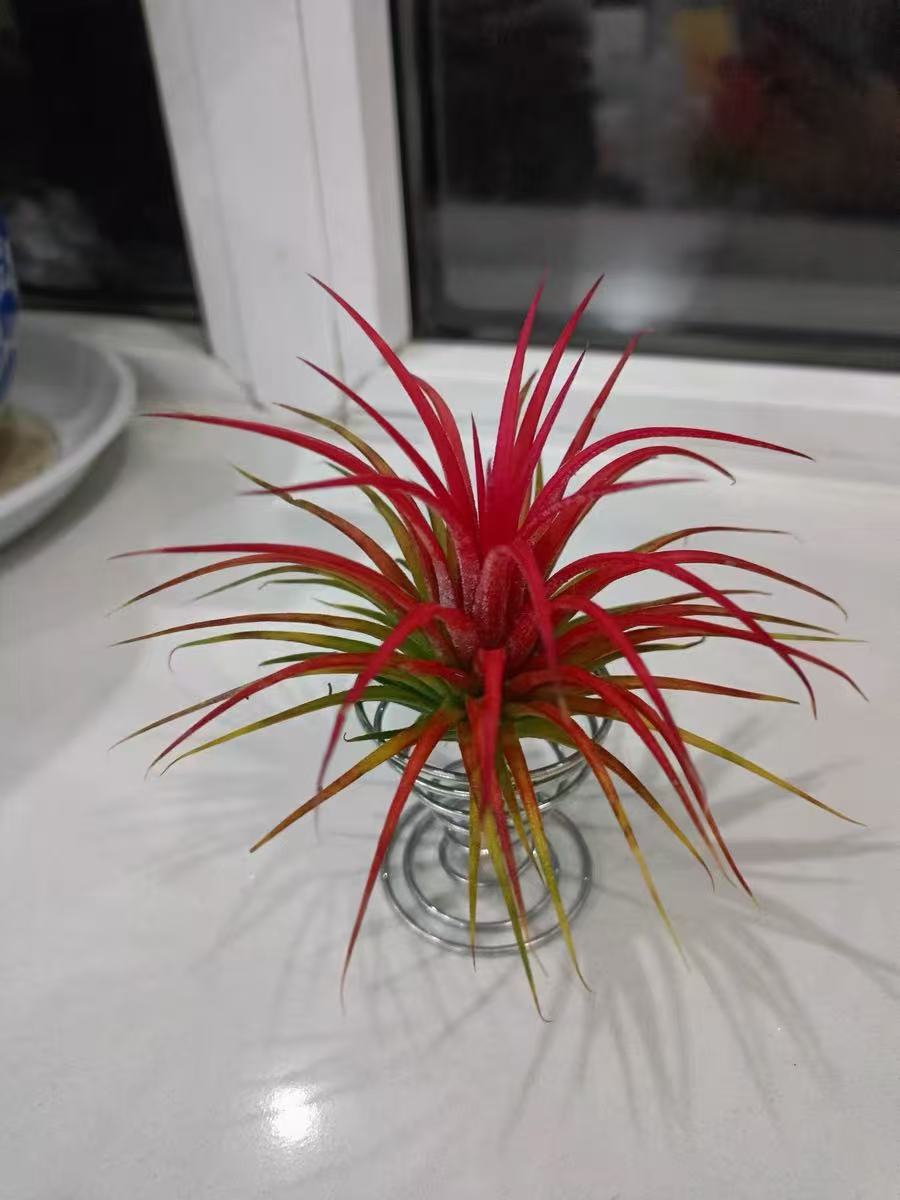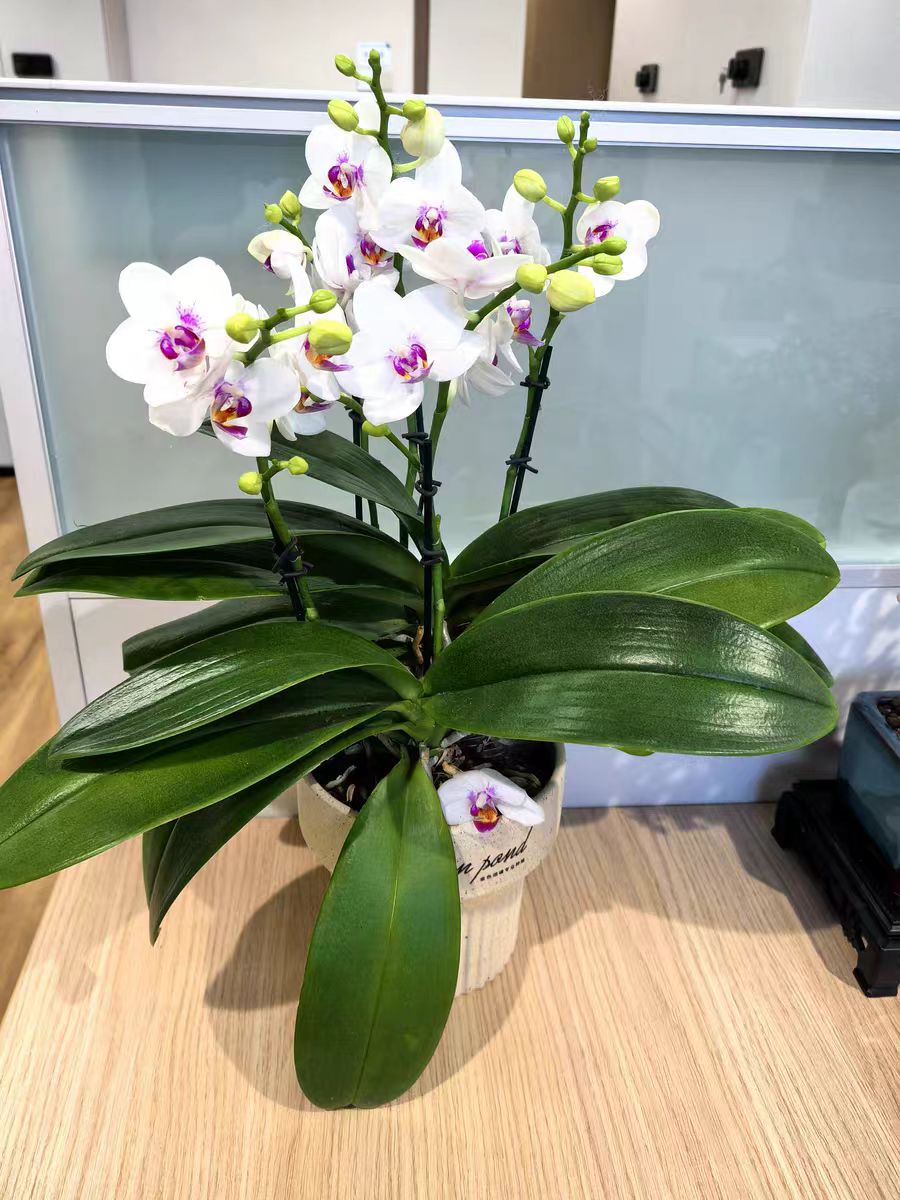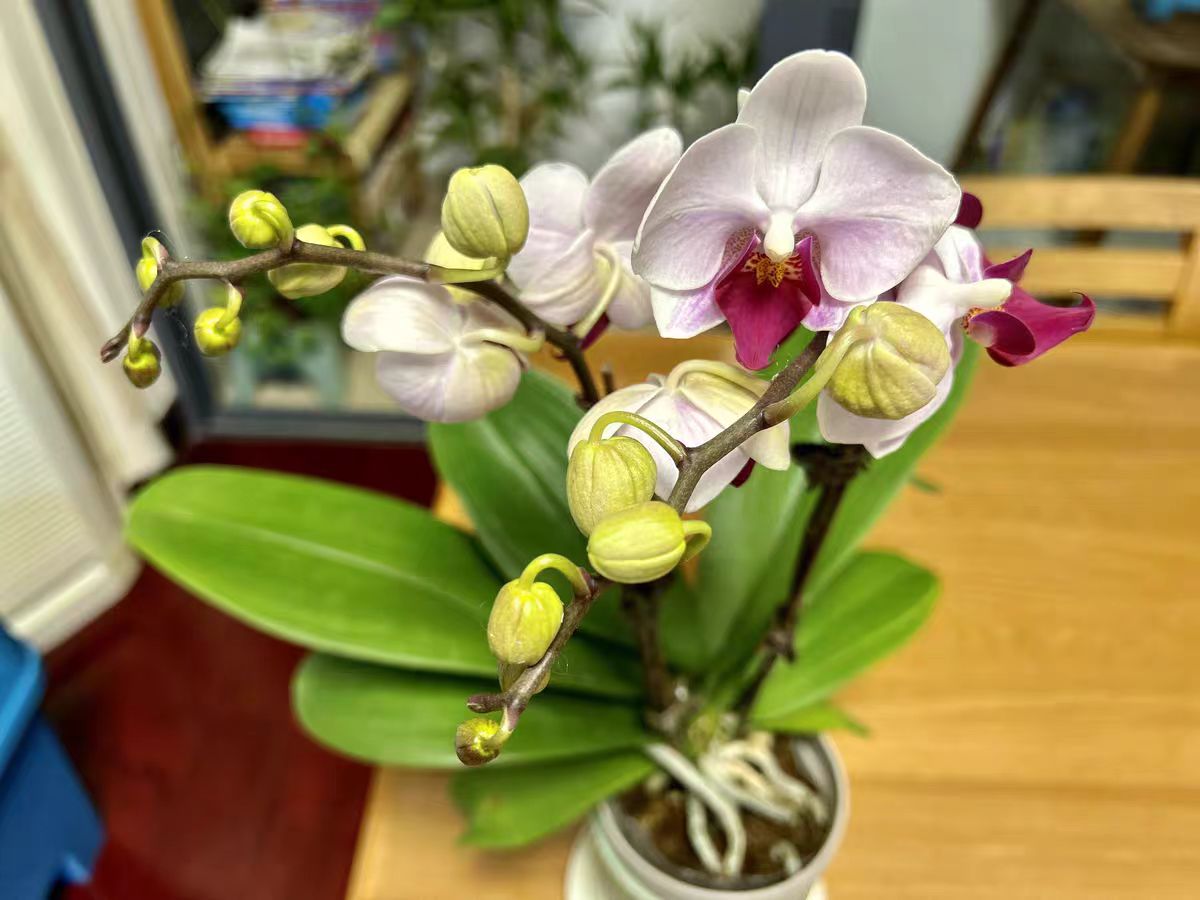Alocasia macrorrhiza, a common indoor foliage plant, is loved by many families for its unique form and good air purification effect. However, before considering introducing it into the home environment, an important question lies before us: Is Alocasia macrorrhiza poisonous?
The answer is yes. The whole plant of Alocasia macrorrhiza is poisonous. Its sap, the white sap in the rhizome, and the "water" dripping from it all contain toxic components. If it accidentally comes into contact with the skin, it may cause symptoms such as itching and redness and swelling; if it is accidentally eaten by mistake, it will cause serious harm to the human body and even endanger life.
Although Alocasia macrorrhiza is poisonous, it can still be cultivated in the family on the basis of correct understanding and prevention.
The following are some key points about the family cultivation method of Alocasia macrorrhiza to ensure its vigorous growth and formation of old stumps.
The first is the light conditions. Alocasia macrorrhiza likes a semi-shady environment and avoids direct sunlight. It can be placed in a position with bright indoor light but no direct sunlight, such as the corner of the living room or the window of the study.
Temperature is also an important factor affecting its growth. The suitable growth temperature is between 20 - 30 degrees Celsius. In winter, pay attention to keeping warm to avoid damage to the plants due to too low temperature.
In terms of soil, a loose, fertile, and well-drained soil should be selected. It can be mixed with leaf mold soil, peat soil, and perlite, etc., to provide sufficient nutrients and good air permeability.
Watering is one of the key links in the maintenance of Alocasia macrorrhiza. Keep the soil moist but avoid water accumulation. The frequency of watering can be appropriately increased in summer at high temperatures, and watering should be reduced in winter. At the same time, it is necessary to maintain a high air humidity, and the air humidity can be increased by spraying water on the leaves.
Fertilization is also very important for the growth of Alocasia macrorrhiza. During the growing season, apply a thin liquid fertilizer every 1 - 2 weeks to provide sufficient nutrients.
In addition, regular pruning is also an important measure to promote its vigorous growth and the formation of old stumps. Timely pruning of yellow and withered leaves and overly long branches helps the plants maintain a good form and ventilation and light transmission.
In conclusion, as long as we fully understand the toxicity of Alocasia macrorrhiza, take correct protective measures, and cultivate and maintain it according to scientific methods, we can enjoy its beauty in the family and let it thrive and form a charming old stump.
Is the Alocasia macrorrhiza poisonous?

Share with
Tagged in :




Leave a Reply